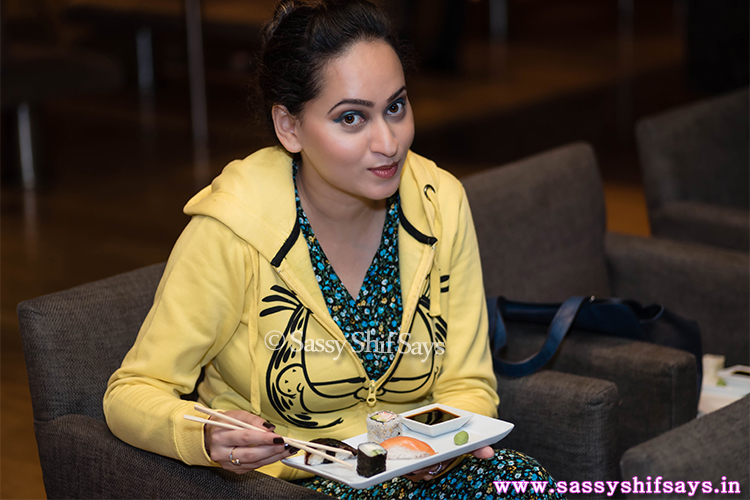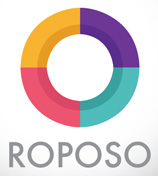I love food tales and what makes it even more special is the back-story and some insights that you get to hear from the Chef himself. I am always up for some lip smacking food, company to discuss your food journeys and some more food!!! Like always, Grand Hyatt Mumbai arranged for a unique get-together and this time it was a shout-out to all the “Sushi lovers” in Mumbai. Chef Shohei Nakajima was invited to conduct a “sushi-making” workshop where the participants got to experience the art that goes into it (not to mention the patience required, which I lack :P). Chef Shohei Nakajima learnt how to make perfect Sushi from his mentor and father and then further perfected this art at a restaurant in Tokyo called Saitama. He has also crafted and created a Japanese menu specially for Grand Hyatt, which was a part of their lunch and dinner buffets at Fifity Five East.
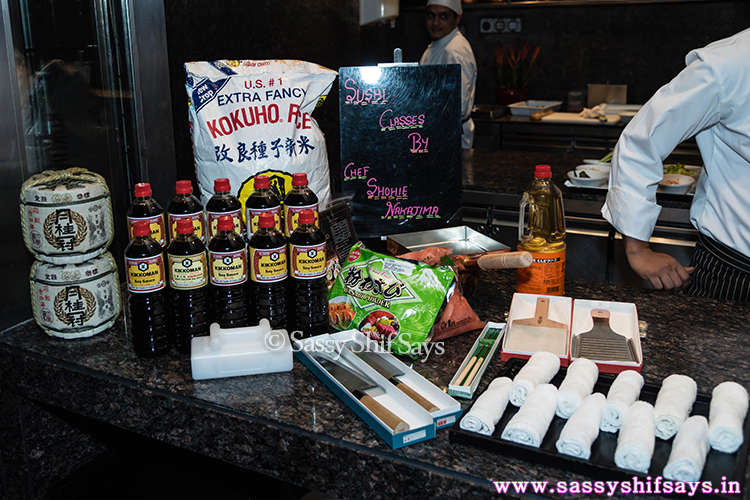
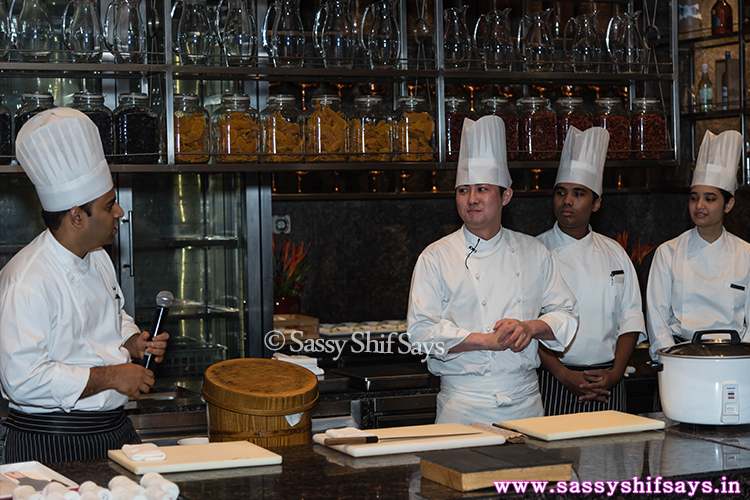
This session had so many highlights including the 4 different types of Sushi that we got to learn how to make and then come to my favourite part – taste those babies!!! Thanks to Chef Shohei, I came to know what the word “Sushi” actually means. It is derived from the word sour, which is symbolic to sushi vinegar. Isn’t this amazing?? This is exactly what I mean by Food tales and the importance it holds across countries and regions and brings out special flavours taking us on culinary tales. He also highlighted a lesser-known facts, which I was awestruck with. For long travels or over night journeys traders from different regions would take salt-water fishes and wrap them up in fermented rice and this small method would protect and keep the fish and rice fresh. These traders from Southeast Asia used this common method during their travels and this is exactly from where the Japanese people derived their Sushi inspiration. The signature dish of Sushi has been ruling the food palate of Japan since the 8th century. Yes, that’s how old the legacy goes. Food + insights and some unforgettable conversations and you have my heart man. I swear!
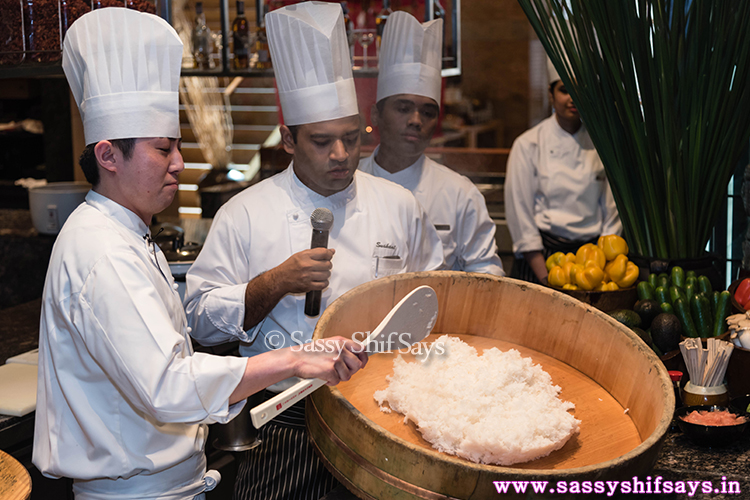
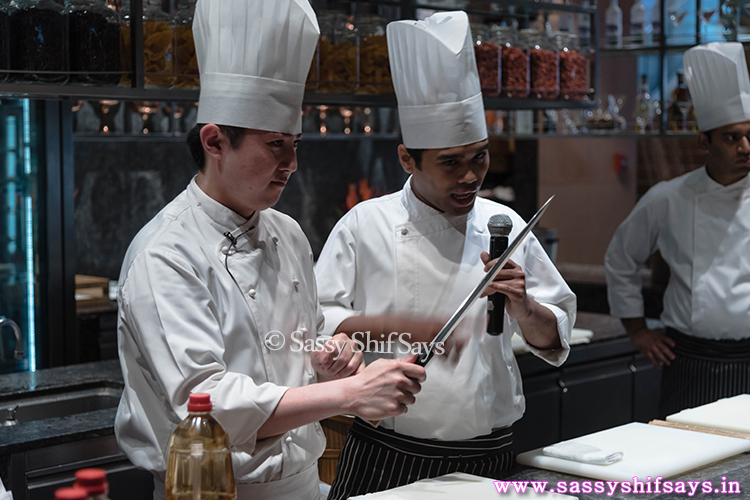
Chef Shohei Nakajima mentioned about all the sushi making tools and ingredients that your kitchen needs to have. You get special knives to slice the fish, chopsticks, wasabi, picked ginger and rice (Okaku Ford). He showed us how to make nigri, sashmi, himaki and maki roll. These are widely consumed and the most popular types of Sushi.
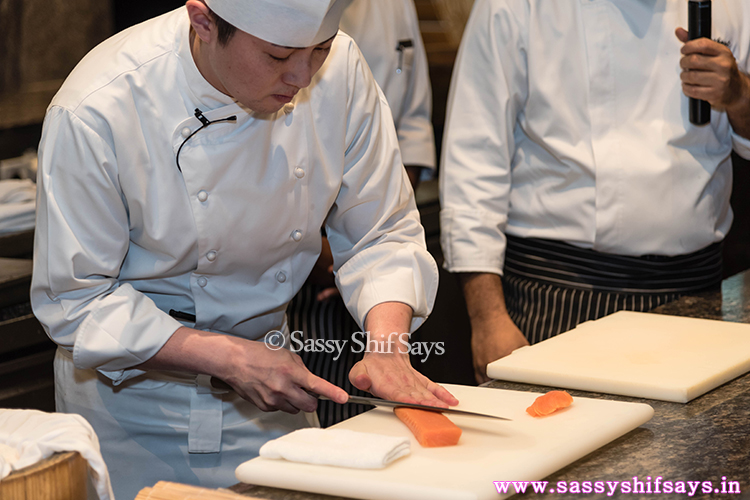
Nigri Sushi – This type only requires fresh fish and rice. The top part of Nigri can consist of seafood such as tuna, eel, shrimp or octopus. You can choose to eat it raw or grilles. Since it emphasizes on only two ingredients, this type is also known as “Two kinds Sushi”.
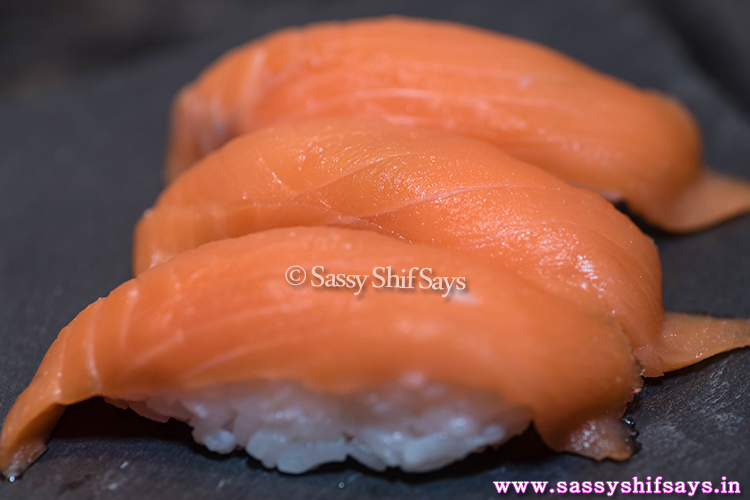
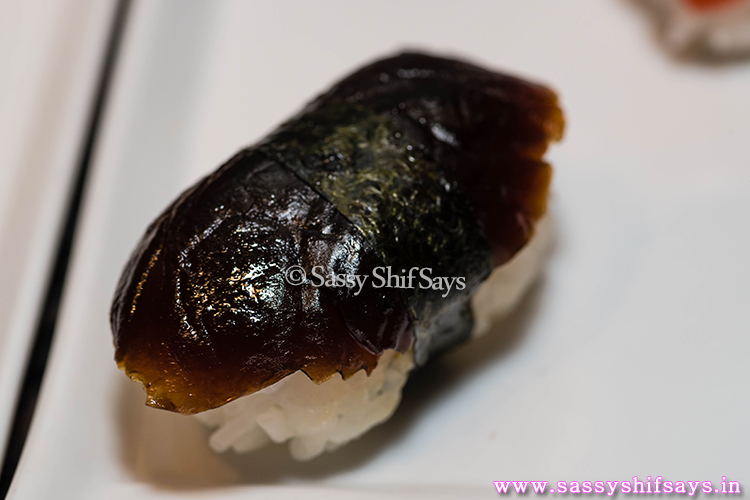
Sashimi – is very simply served on shredded radish with a slice of fresh fish tucked on top. The fish cutting has a technique and the slices need to be as thin and proportionate as possible. Many people have a hard time believing that Sashimi is a type of Sushi too.
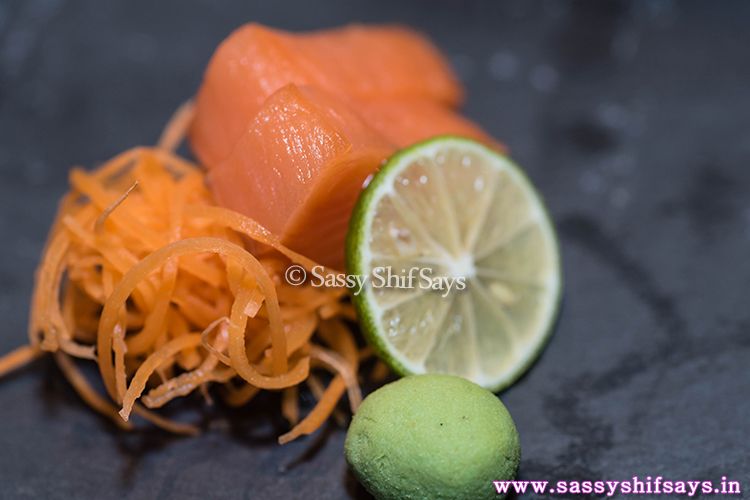
Temaki – This kind is also called as a hand roll because of its large cone-like structure. It has nori on the outside and all the other ingredient tuked all the way till the top. Temaki Sushi needs to be eaten as quickly as possible as the nori on the outside becomes soggy too easily.
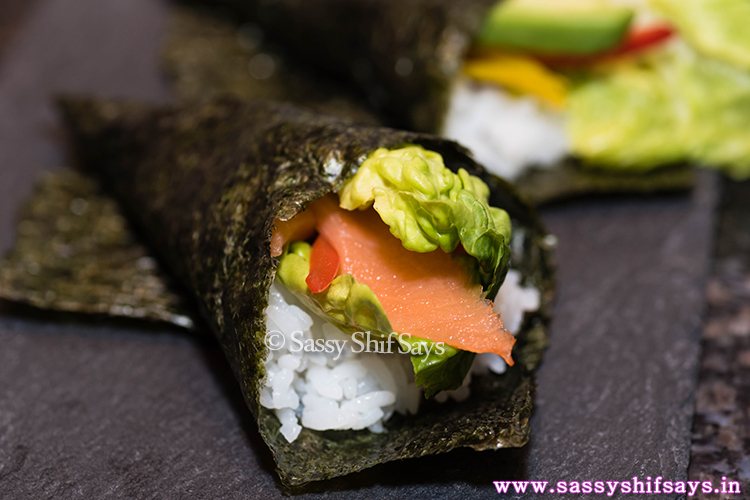
Maki – This is a traditional method of moving the Sushi by using a bamboo mat. It’s wrapped in nori (dried seaweed) and tastes best when served with soy paper. Don’t forget to try eating your maki rolls with wasabi towards the end for a distinctive taste. They usually come in 6 or 8 pieces.
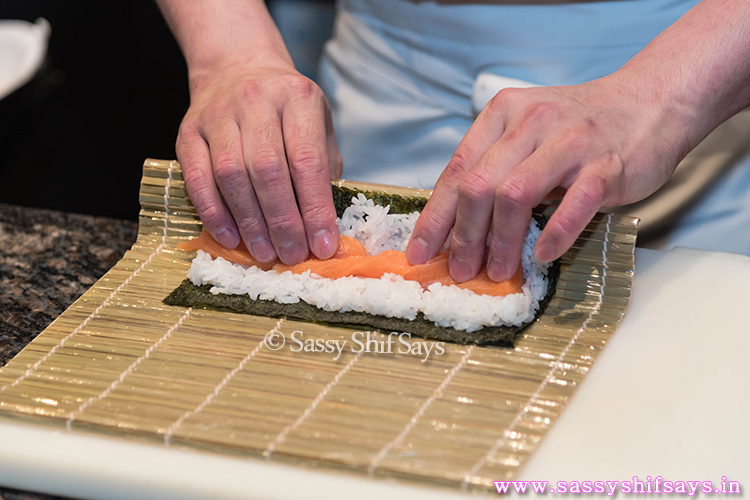
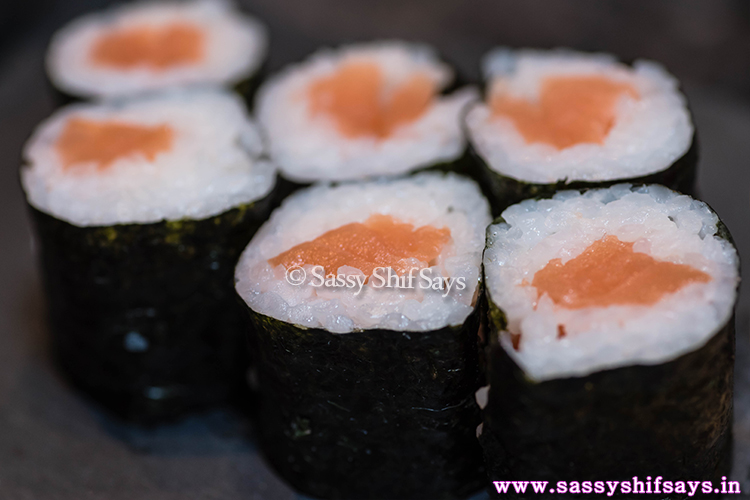
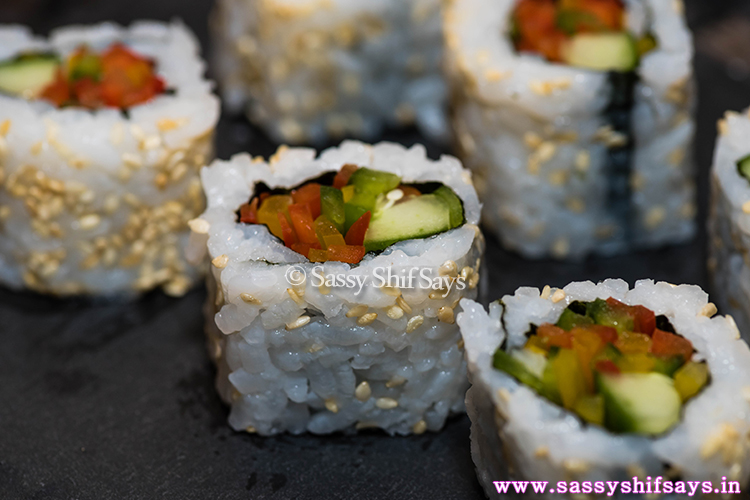
The Sushi counter at Fifty Five East, Grand Hyatt has always had some of the best Sushi in town. Now we know why the Sushi there is so wonderfully exquisite. Food is such an interesting topic that just binds people within few seconds and this Story was one big hit looking at the response and love that this session got. I actually look forward to Grand Hyatt Mumbai’s food tales!!!
Connect & Follow me on my Social Pages :-


